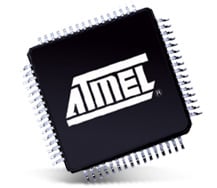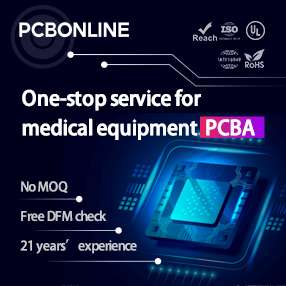Things needed before you learn AVR

There are several things you need to do before learning AVR. First of all, you need an AVR chip. You better choose megaAVR series, so you don’t need to worry about the lack of peripherals when required. Atmega8, Atmega16, or further mega’s will do correctly. Probably chose in DIP package as it will easily fit in breadboard for fast prototyping. Development boards are great to work with, primarily designed for learning and prototyping. Any Arduino board can be used with no problem, as it has all the necessary means to serve as a general-purpose dev board. Anyway, I leave this up you for a while. The next thing is the programmer. This is where you can get a headache. Really! In a few words, a programmer is a cable/device used to upload firmware (compiled program) to chip. Programmers can be connected to the computer via various ports, including parallel (LPT), serial (COM), and USB. Or there can be no programmer at all if the chip has a bootloader set up. But this will be discussed later. These were two hardware…



